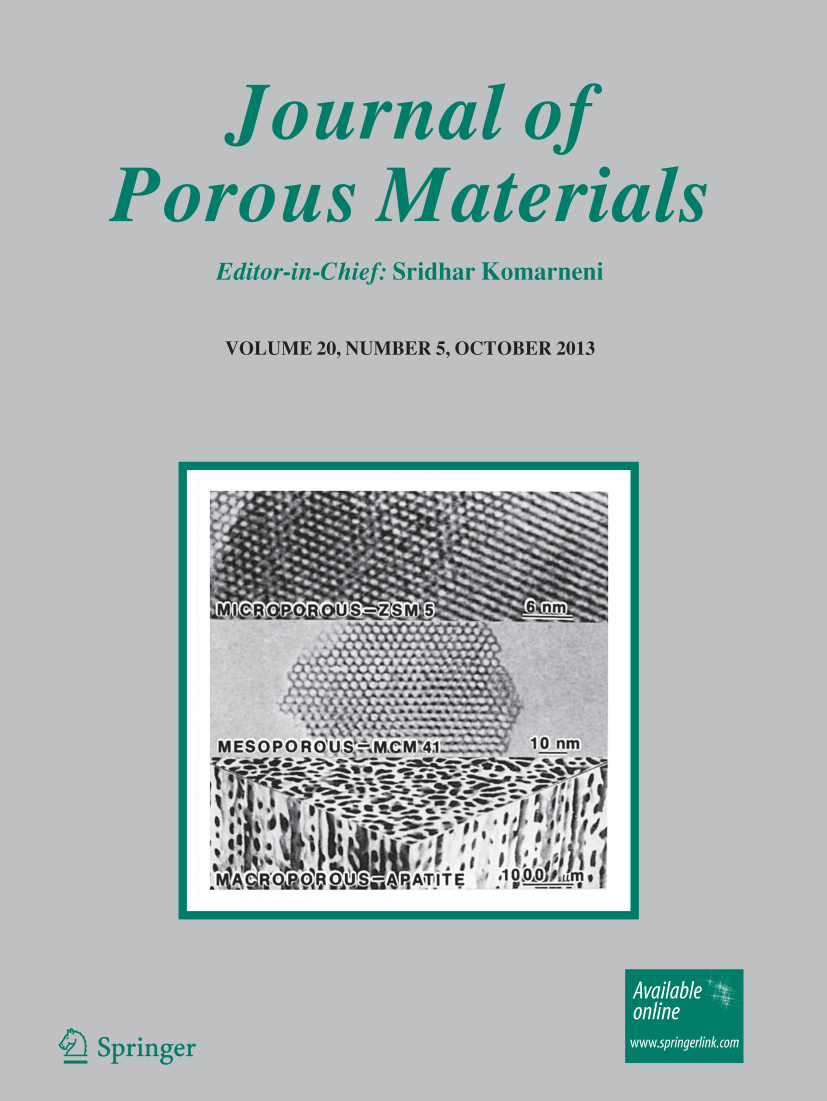Facile fabrication of poly (sulfopropyl methacrylate) hydrogel for effective elimination of water-soluble methylene blue
Abstract
The contamination in water is being increased with the increase in industrial processes and their elimination has become a major problem worldwide. This work is aimed to design an efficient anionic adsorbent for the elimination of cationic contaminants from water. We prepared an anionic hydrogel by simultaneous polymerization and crosslinking of 3-sulfopropyl methacrylate potassium salt and magnetized it by fabricating iron nanoparticles via in situ reduction of iron (II) ions. The formation of poly(3-sulfopropyl methacrylic acid) [p(SPMA)] and its chemical structure was supported by Fourier transform infra-red (FTIR) spectroscopy. The scanning electron microscopy (SEM) illustrated the porous surface of the p(SPMA) while X-Ray diffraction (XRD) study showed that the pristine adsorbent was having amorphous nature and magnetized one showed crystalline nature. P(SPMA) was found to be thermally stable below 350 ℃ as demonstrated by thermogravimetric analyser (TGA). Upon contacting with water, the p(SPMA) absorbed 91.26% while its iron nanoparticle containing p(SPMA) absorbed 99% water contents, exhibiting water uptake by a non-Fickian mechanism. The synthesized p(SPMA) hydrogel exhibited a maximum adsorption capacity of 1874 mgg− 1 for methylene blue with a corresponding equilibrium time of 2 h. After magnetization, the adsorption capacity was increased to 2364 mgg− 1 and equilibrium time was decreased to 18 min. The pHzpc was found to be 5 and maximum adsorption occurred at pH 7. The simulation of adsorption data with adsorption isotherms and kinetics showed that adsorption was followed by Freundlich adsorption isotherm and pseudo first-order kinetics, respectively. So, this work introduces a material with the ease of synthesis and significant ability of decontamination of water via adsorption.


 求助内容:
求助内容: 应助结果提醒方式:
应助结果提醒方式:


